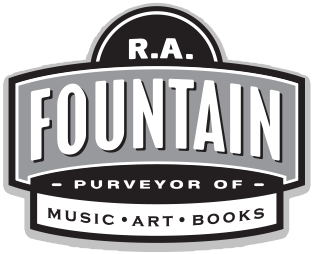- 6754 E. Wilson St., Fountain, NC 27829
- 252.749.3228
- My Account

Six Reasons (Some) Poets Make Such Good CNFists
1. Their expressive art is often based on brevity and an economy of language.
2. They understand the importance of and skill in using concrete details as narrative threads.
3. They have an intuitive understanding of the segmented essay as a whole comprised of discrete parts that, individually, may not be directly or obviously connected to each other.
4. They understand that what happened is hardly ever enough.
5. They know how to use an observational eye to advance narrative.
6. They are already skilled at using strong and distinctive voices.
By far the best class of my 38-year-career as a teacher was one called “Research for Creative Writers,” which I developed for ECU’s Master’s program in creative writing as a substitute for the dreaded (and required) “Bib & Methods”—our MLA-based exercise in seemingly random and meaningless torture. In building a curriculum around using and documenting various sources to help authenticate our writers’ work, an unexpected side-effect happened once we got good writers of fiction, poetry, plays, and creative nonfiction in the same workshop environment, using many of the same techniques but employing them in the genre they were studying. In the process, everyone wrote creative nonfiction essays. Among the best I ever read were many composed by poets, especially those with a talent in at least a couple of the skills listed above. Most of these poets had not thought of themselves as essayists before; several subsequently included excellent essays begun in this class in their thesis collection.
Two realizations, generally speaking, provided the greatest learning curve for these good poets. Essays segment in ways not unlike how poems stanza. For the CNFist, understanding the variety of structures at your disposal—and especially the difference in poetic and organic structures—gets you through the door and into a Big Room that’s full of all kinds of familiar toys you can use in new ways.
The other realization loops back to the purpose of that Research for Creative Writers class, and it starts with figuring out the advantage of employing both research and a variety of voices to the narrative task at hand. Writers, it’s no surprise, document their work very differently than scholars document theirs. But where MLA functions sometimes as a style-killer—Let’s make everything sound the same!—CNF is practically begging you to use not only your natural poetic voice but also, sometimes, voices of narrative, information, speculation, wonder, authority, and meditation, anger, joy or confusion.
Any of these voices might help authenticate what you’re writing, and it’s not difficult to learn how to have fun with their variety and to strengthen them by a bit of research.